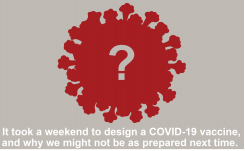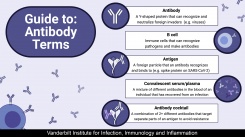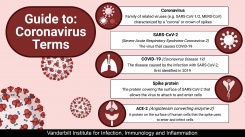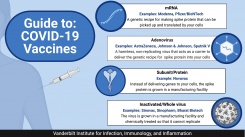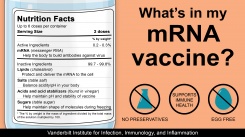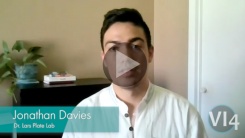Graduate Student Spotlight: Nicolas Gray Shealy
Nicolas grew up in Columbia, SC and attended the College of Charleston. After graduating in 2018, he participated in a post-baccalaureate experience program (PREP) at the Medical University of South Carolina, working in the lab of Amy D. Bradshaw Ph.D. He came to Vanderbilt University in the fall of 2019 via Interdisciplinary Graduate Program and ultimately joined the lab of Mariana Byndloss D.V.M, Ph.D. His thesis project is centered around understanding the mechanisms bacterial pathogens use to take full advantage both of the human host and the gut microbiota. He is specifically looking into the metabolism of short-chain fatty acids and amino acids... Click the image on the left to continue reading.

